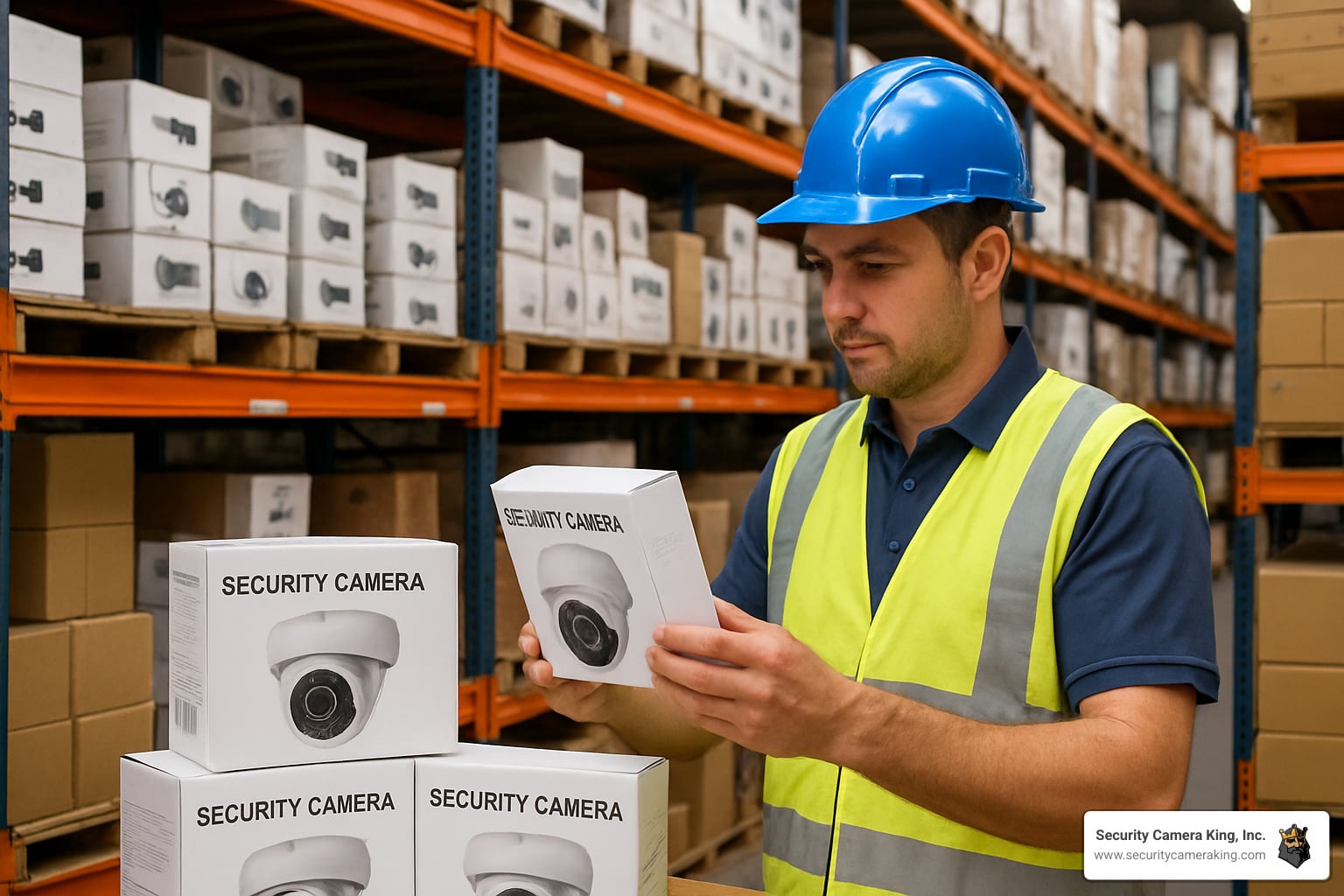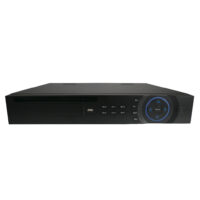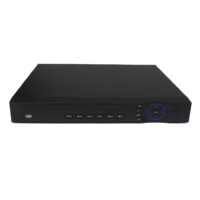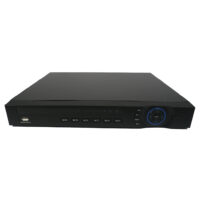
[vc_section][vc_row][vc_column][vc_column_text]Splicing security camera cables can be a practical solution when you need to extend the length of your existing cables or repair a damaged section. Here’s a comprehensive guide to help you splice security camera cables:[/vc_column_text][/vc_column][/vc_row][vc_row][vc_column][vc_column_text]
[/vc_column_text][/vc_column][/vc_row][vc_row][vc_column][vc_separator][/vc_column][/vc_row][/vc_section][vc_section][vc_row][vc_column][vc_column_text]
[/vc_column_text][/vc_column][/vc_row][vc_row][vc_column]



[/vc_column_text][vc_separator][/vc_column][/vc_row][/vc_section][vc_section][vc_row][vc_column][vc_column_text]
[/vc_column_text][/vc_column][/vc_row][vc_row][vc_column]

Copyright © 2014-2025 SecurityCameraKing.com, All rights reserved
Privacy Policy | Shipping Info | Return Policy | Terms & Conditions